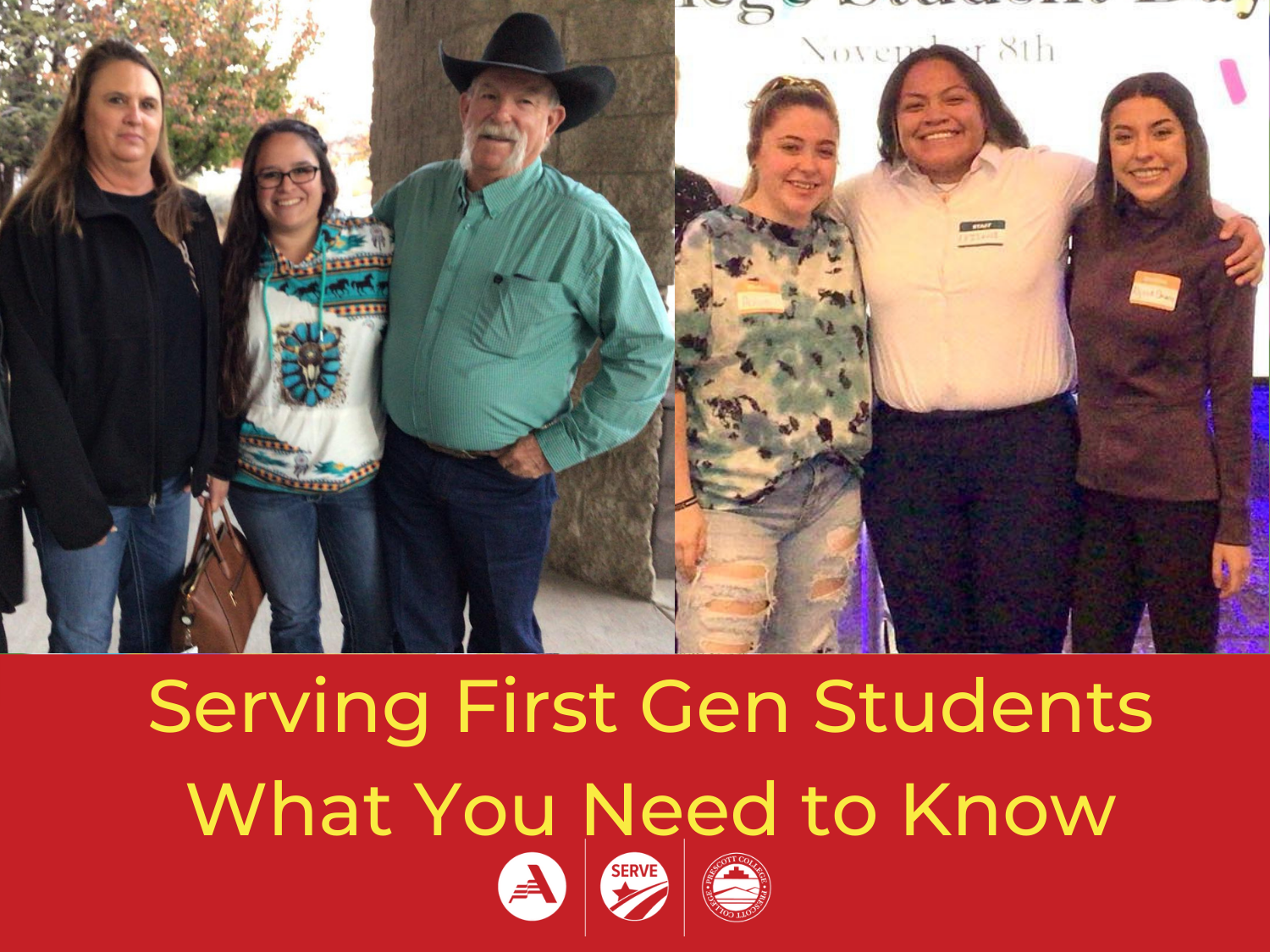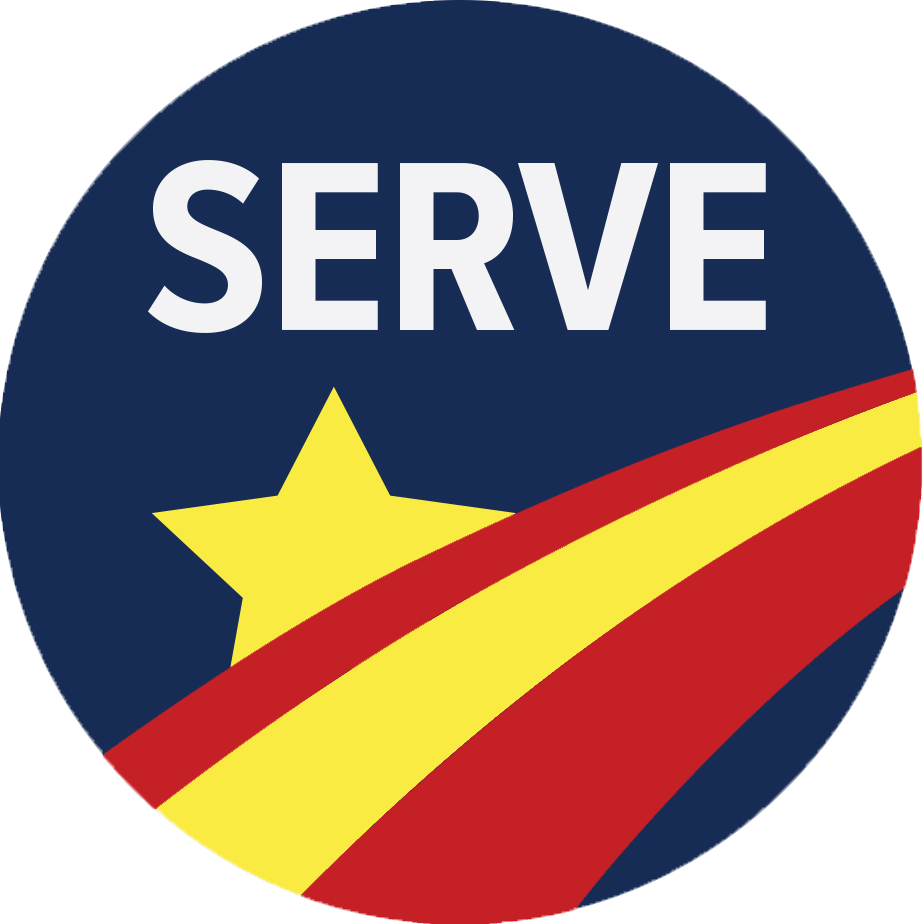
What You Need to Know About Serving First Generation College Students
AmeriCorps service is a nonstop struggle.
Every project presents its own specific challenges, while every problem demands its own unique solutions. There is no one size fits all approach and there never will be, because service is all about supporting our communities, and every community has its own needs.
To learn about one such community, I sat down for a conversation with Leilani Matu’u, an AmeriCorps VISTA serving as Yavapai College’s Leadership and Engagement Coordinator, to discuss what it takes to serve first generation college students, the target population of her project.
Having experienced multiple dimensions of the struggle, Leilani had valuable insights to share: both as a first generation student herself and as an AmeriCorps member working to serve them. She was able to shed some light on the sorts of challenges that first generation college students face every day.
Challenges for Students
For example, many first generation students lack immediate role models to guide them through their early years of college. They have to be more self-motivated than most students, and they often struggle with imposter syndrome, the feeling that they do not belong in higher education, but that is not all.
First generation status tends to go hand and hand with other population characteristics. Many such students tend to come from minority backgrounds, have lower income levels, and often must work while pursuing their degrees, all of which can complicate serving them.
In fact, Leilani detailed two specific challenges she has faced as an AmeriCorps member working to support first generation students.
Challenges for Service
On one hand, stakeholders and staff members from different backgrounds are rarely familiar with first generation needs. They might make false assumptions about students’ familiarity with technology, database navigation, and online formats.
On the other hand, first generation college populations themselves can be difficult to engage. They do not experience a clearly defined identity to unite them, and their situations can be so diverse that it is difficult to effectively meet their needs with sweeping policy changes.
All of which is to say that serving first generation students is complicated, but not hopeless, because Leilani also had some advice to share.
Get to know them. Spend time with first generation students to learn about the experiences of the population you are serving, and host focus groups to hear their voices. Getting feedback is key to success, and spending some time listening to what they have to say will never be a waste.
